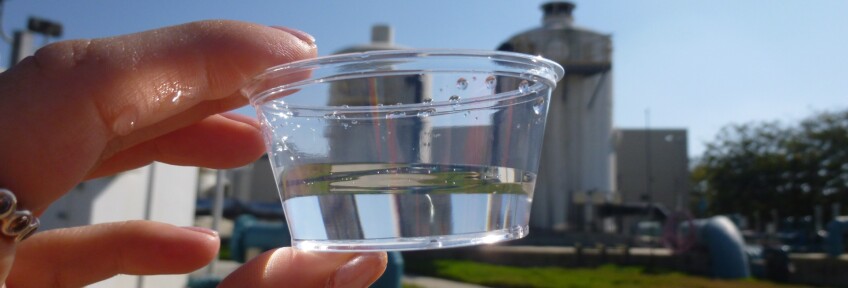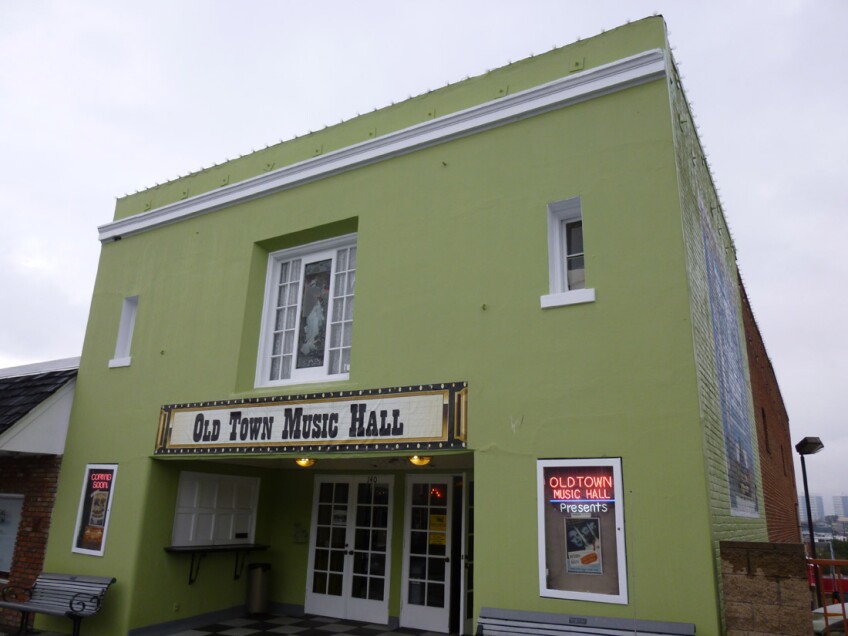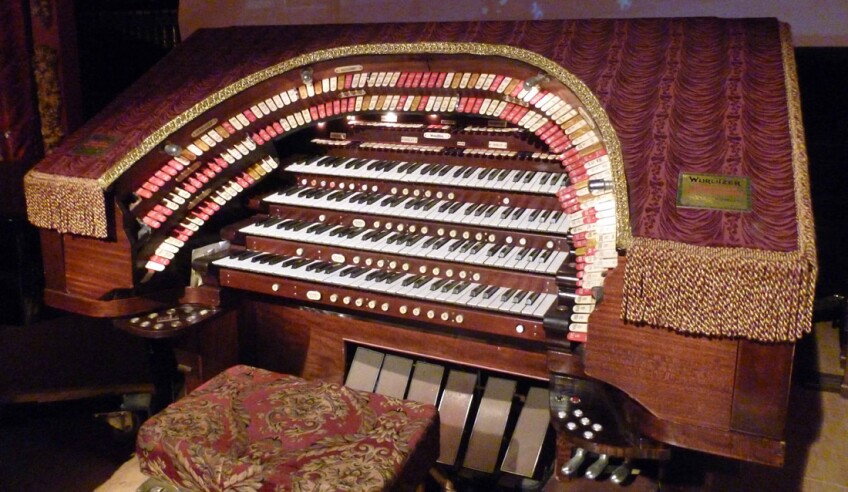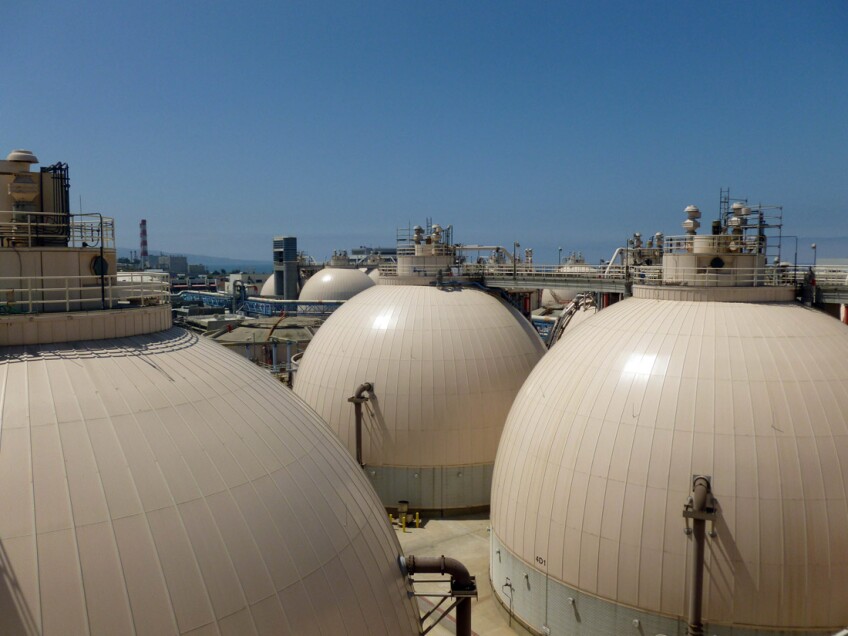A Century of El Segundo: Five Surprising Ways the City Has Made Its Mark on the Southland

Out of land that was originally part of Rancho Sausal Redondo, a company town called "El Segundo" was created as the site for Standard Oil’s second refinery. El Segundo was officially incorporated nearly six years after the arrival of Big Oil, on January 18, 1917 – making this coming January the city’s official centennial.
In the mid-1950s, El Segundo had come to be known as the “Aerospace Capital of the World"; but today, it’s inextricably linked to its founding industry, oil. Chevron – which is what became of Standard Oil – currently supplies over 20 percent of California's motor vehicle fuel and 40 percent of LAX’s supply of jet fuel.
But El Segundo is a place where people live and not just work – and considering the fact that it’s got its own brewery, distillery, and tiki bar, it makes for a very nice visit.
Here are five of this oil town’s greatest contributions to the Southland, some of which may surprise you.
1. Butterfly Conservation
Corporate "energy companies" (as they’re now called) are keeping the industrial side of the South Bay alive and well with these hulking oil refineries and 1940s-era tanks off the side of the road – so much so that it’s hard to imagine any wildlife in El Segundo. But actually, it’s home to the endangered species known as the El Segundo Blue Butterfly – found nowhere else in the world. Since 1983, Chevron has maintained a preserve for the local butterfly, which thrives in a dune ecosystem that once stretched from Venice all the way down to Redondo Beach and Palos Verdes Estates. Now, however, because of urbanization and development, those dunes can only be found on land owned by Los Angeles World Airports and on a couple acres of land at the Chevron refinery, the latter of which boasts nearly 10,000 of the thumbnail-sized insects. It’s an appropriate step for the corporation to make, since the construction of the Chevron refinery in 1911 was what disturbed the coastal dunes in the first place. During the months of June to August, you can see the adult butterflies in flight at the preserve from outside its perimeter fence on Binder Place – and then you can get a cuppa on Main Street at Blue Butterfly Coffee Company, which was named after the local tiny treasure. Before you leave El Segundo, swing by the Metro Green Line station at Mariposa (which means “butterfly” in Spanish) for a blue butterfly-inspired art installation called “Divine Order: the Manifestation of the Soaring Spirit.”


2. Silent Movie Magic
Old Town Music Hall is one of a few original brick buildings from when Richmond Street was first constructed in 1917 – and it brings a bit of Old Hollywood glamour down to the Beach Cities area. Still, it's hard to ignore the Chevron oil refinery next door – and that’s by design. Old Town (then called the State Theatre) was originally intended as a live performance venue specifically for Standard Oil employees who lived and worked in El Segundo. Soon thereafter, it was upgraded to show movies, then closed in the 1930s, then reopened in 1944 as the El Segundo Theatre, then renamed the State Theater in 1957. Ten years later, "The Two Bills" (Field and Coffman) rented it and began operating it as Old Town Music Hall (at some point changing the exterior paint job from white to green). Old Town Music Hall now shows vintage silent films accompanied by a 1925 Mighty Wurlitzer, which the Bills had relocated here from the Fox Theater in Long Beach. Even the modern-day audiences of talkies are treated to a pre-show concert on the theatre organ performed by Bill Field, who now operates the theatre as a non-profit and maintains the 2600+ pipes behind the stage's velvet curtains.


3. Car Culture
In the 1940s, the arrival of Nash Motors to El Segundo marked an expansion of industry from oil and air to automobiles. Located on Imperial Highway just south of Mines Field (which was to become LAX), Nash actually only assembled cars there from 1948 to 1955, churning out models like the Rambler and the Airflyte, before a series of mergers and purchases eventually extincted the Nash name. The facility was bought by Howard Hughes for his Hughes Space and Communications Company, which was bought by Boeing in the year 2000. Even though the business of being up in the air eclipsed the business of rolling down the road, the history of car culture is kept alive and well in El Segundo by the Automobile Driving Museum, which takes passengers out in its fleet (the only car museum to do so) on its Ride Along Sundays. The El Segundo Centennial Ball will take place at the museum on January 21, 2017.


4. Clean Water
We have El Segundo to thank for not one but two water recycling facilities – one of which, Hyperion Treatment Plant, is the largest west of the Mississippi in terms of volume of wastewater processed (~300 million gallons per day). Originally built in 1925, it opened as a full-fledged secondary treatment plant in 1950. The current process puts “toilet water” into digester eggs (the largest field of egg-shaped digesters in the world), where bacteria digest biosolids and remove pathogens. Hyperion welcomes visitors from academia and from the community – and visiting it reminds you that nothing ever just "goes away." Depending on where you live, what you flush down the toilet or run down the drain likely ends up at Hyperion – where it's sorted out, chopped up, and sent to a landfill. The wastewater itself gets treated twice and, once clean, gets pumped out into the ocean, five miles offshore. A portion of that treated toilet water, though, gets diverted next door to the West Basin Water Recycling Facility, which cleans it up even more for reuse. With free water conservation workshops and other family-friendly education programs, West Basin is actually an invaluable resource to the community. The facility arose out of the water shortages in the late 1980s and early 1990s, when one of California's worst droughts ever induced water rationing and conservation. The triple-distilled, recycled water from West Basin is pure enough to drink, but you won’t find it in the potable water supply (although they do let you taste it on a tour). Instead, it’s used mostly for irrigation of public lands within El Segundo and all around LAX (and beyond) and at local oil refineries that rely on boilers and steam.


5. Candy Cane Lane
In 1949, L.A.’s municipal airport, Mines Field, was rechristened Los Angeles International Airport (a.k.a. LAX) – and that’s the same year that the 26 single-family homes on East Acacia just south of Imperial Highway started the tradition known today as "Candy Cane Lane” (not to be confused with the one in Woodland Hills). Located in what’s known as the “Aviation Corridor,” this annual holiday tradition has helped keep that “small town” feel in the residential area of El Segundo west of Sepulveda. You may be able to hear the planes taking off and landing overhead, but you can also hear those sleigh bells jingling and ring-ting-tingling, too. During the holiday season, the 1200 block of Acacia is full of friends who’ve come from near and far to gaze upon the lawn decorations and lights for some free holiday cheer. It may never snow in Southern California, but Candy Cane Lane’s homeowners figure out a way to still have snowmen on their front lawns. And while some families may move out and other families move in, somehow every year they all manage to create a lit runway for some flying reindeer to make their December landing.




